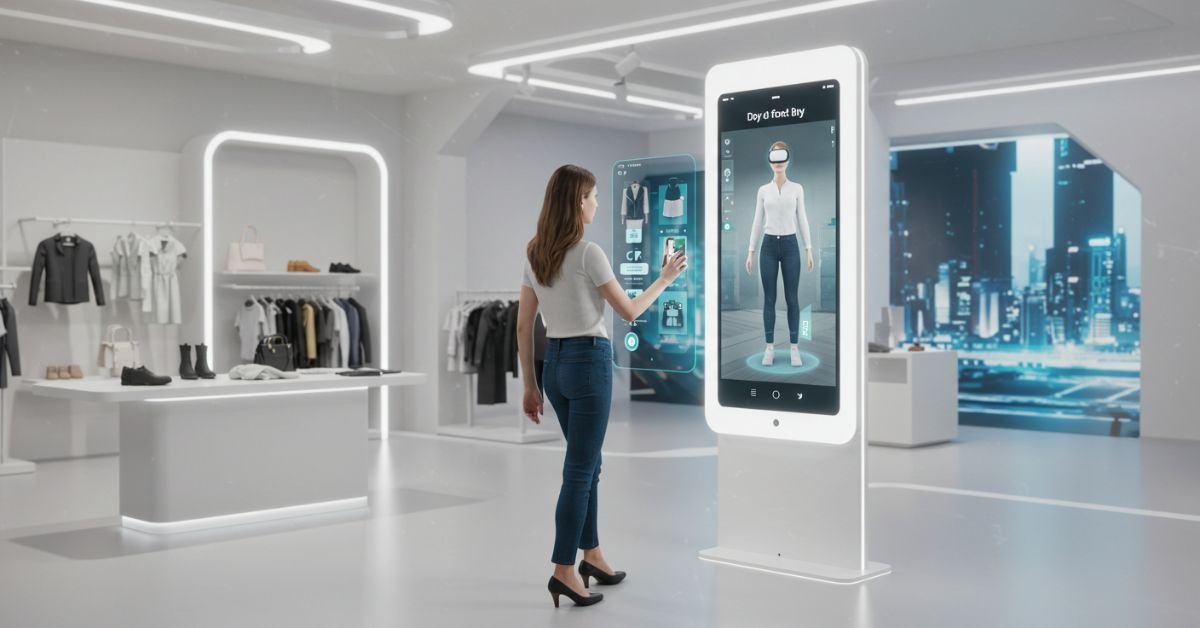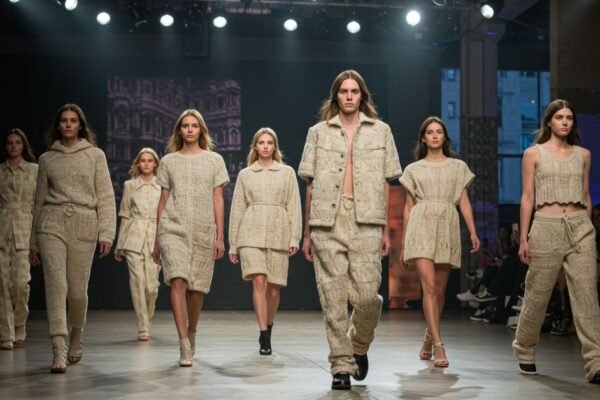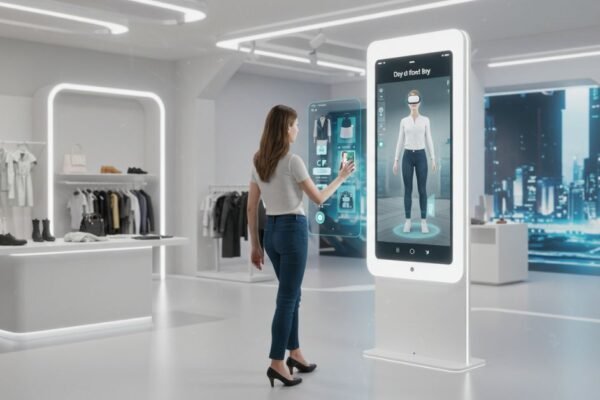Contents
Introduction
The fashion industry has always been at the forefront of innovation, continuously adapting to changing consumer behaviors and technological advancements. The digital realm has played an increasingly crucial role in shaping how people engage with fashion, from e-commerce to virtual try-ons and AI-powered styling. As the digital landscape evolves, so does the way fashion brands and consumers interact, paving the way for more immersive and engaging experiences.
The Past: The Early Days of Fashion Online
1. E-Commerce Revolution
In the late 1990s and early 2000s, the internet transformed fashion retail. The emergence of online stores like Amazon, eBay, and later fashion-specific platforms like ASOS and Net-a-Porter revolutionized shopping. Consumers no longer had to visit physical stores to browse collections; they could shop from the comfort of their homes.
2. The Rise of Social Media and Influencer Marketing
With the rise of platforms like Instagram and Pinterest in the 2010s, fashion brands found new ways to engage audiences. Social media influencers and content creators became key players in shaping trends, making fashion more accessible and personalized.
3. Digital Runways and Fashion Weeks
Luxury fashion houses experimented with digital showcases, allowing global audiences to experience fashion weeks online. The shift accelerated due to the pandemic, leading to live-streamed runway shows, interactive virtual experiences, and exclusive behind-the-scenes content.
The Present: Immersive Fashion Experiences
1. Augmented Reality (AR) and Virtual Try-Ons
Augmented reality has enhanced the online shopping experience by enabling virtual try-ons. Brands like Gucci, Sephora, and Warby Parker allow users to see how clothing, accessories, and even makeup look on them in real-time before making a purchase.
2. Artificial Intelligence (AI) in Fashion Retail
AI-driven algorithms now power fashion recommendations, predicting consumer preferences based on past behavior. Companies like Stitch Fix and The Yes use AI to offer personalized styling services, increasing customer engagement and satisfaction.
3. Metaverse and Virtual Fashion
With the rise of the metaverse, digital fashion has taken center stage. Virtual clothing, NFT wearables, and avatar customization are redefining self-expression. Brands like Balenciaga and Nike have launched virtual collections, allowing users to dress their avatars in exclusive digital outfits.
4. Sustainable and Ethical Fashion Tech
Sustainability is a growing concern in the fashion industry, and technology is playing a key role in addressing these challenges. Digital fashion, such as virtual clothing for social media, reduces the need for physical production, decreasing waste and environmental impact.
The Future: Where is Digital Fashion Headed?
1. AI-Powered Virtual Fashion Assistants
AI-driven personal stylists will become more sophisticated, offering real-time fashion advice based on individual style, weather conditions, and upcoming events. Virtual assistants will integrate with smart mirrors and AR glasses for seamless styling suggestions.
2. Fully Immersive Virtual Shopping Experiences
The future of fashion retail may involve fully immersive VR stores where consumers can browse collections, interact with 3D-rendered garments, and even attend exclusive digital fashion events.
3. Blockchain and Fashion Authentication
As digital fashion continues to grow, blockchain technology will ensure authenticity and ownership of luxury items, especially in the NFT space. This will provide consumers with proof of purchase and prevent counterfeiting.
4. Fashion and AI-Generated Design
AI will play a bigger role in the design process, analyzing trends and consumer preferences to create garments that resonate with buyers. Some brands are already using AI to co-create clothing designs, optimizing both aesthetics and sustainability.
Conclusion
Fashion’s journey through the digital world has been transformative, from the early days of online shopping to today’s immersive experiences powered by AI, AR, and blockchain. As technology continues to advance, the future of fashion will be more interactive, sustainable, and personalized than ever before. Brands that embrace digital innovation will continue to lead the industry, redefining how people engage with fashion in the years to come.






